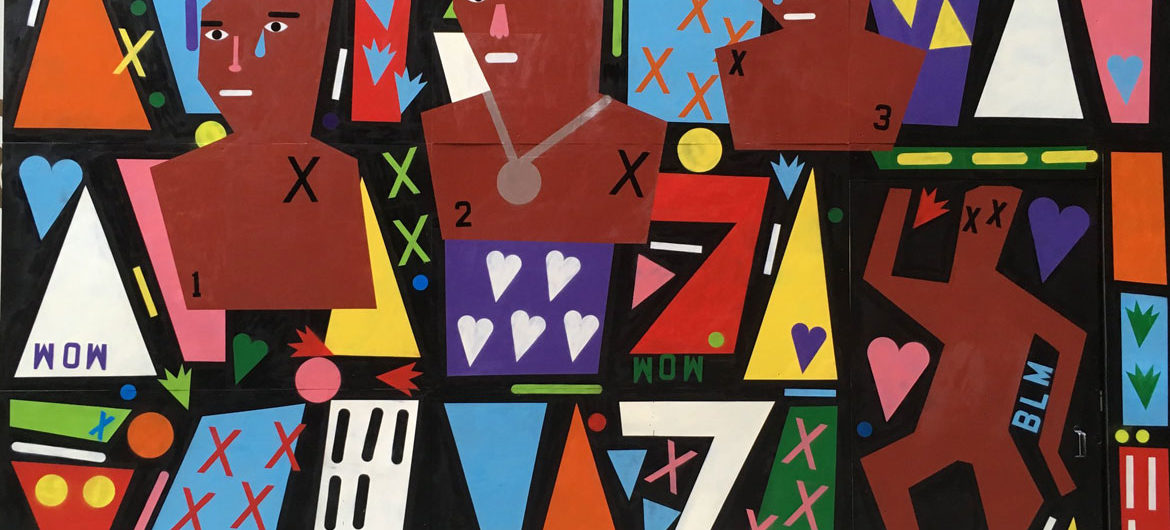Here’s Wonderland’s guide to the best museum exhibitions to see around Massachusetts this winter…
If this is the kind of coverage of arts, cultures and activisms you appreciate, please support Wonderland by contributing to Wonderland on Patreon. And sign up for our free, weekly newsletter so that you don’t miss any of our reporting.
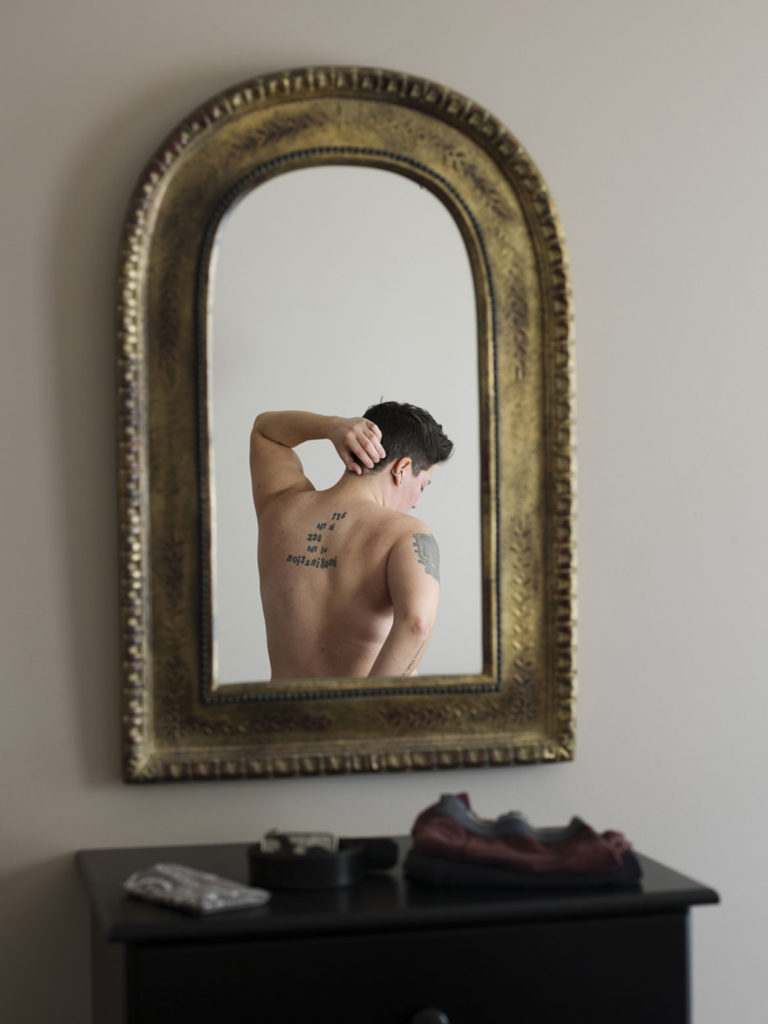
“Jess Dugan: Every Breath We Drew,” Montserrat College of Art, Beverly, Massachusetts, Jan. 14 to March 16, 2019
Dugan, who studied at Massachusetts College of Art and Design and Harvard before heading off to Chicago and St. Louis, is known for documenting LGBTQ communities. This show of photos, Dugan writes, “of men and masculine individuals act as a kind of mirror; they depict the type of gentle masculinity I am attracted to, and also the kind I want to embody. Similarly, the photographs of relationships speak to a drive to be seen, understood, and desired through the eyes of another person; a reflection of the self as the ultimate intimate connection.”
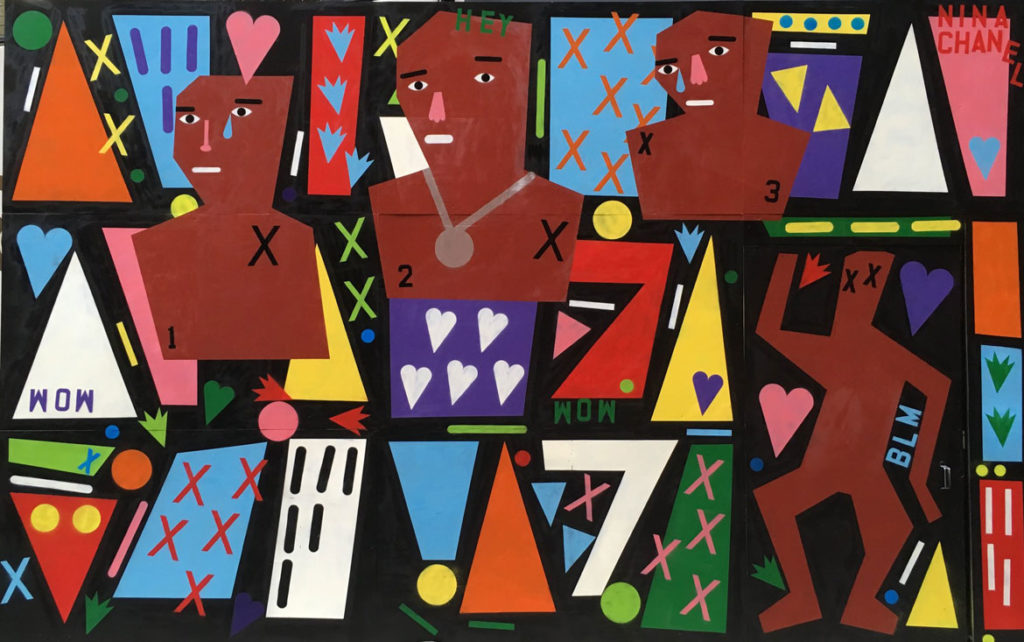
Nina Chanel Abney, Institute of Contemporary Art lobby art wall, Boston, Jan. 17, 2019, to March 15, 2020
The New York artist turns social commentary into bold graphic paintings. For the ICA, she plans a mural about “social tensions in the digital age, including the constant stream of true and false information, the dilemma of liberal racism, and abuses of power that lead to structural inequality.”
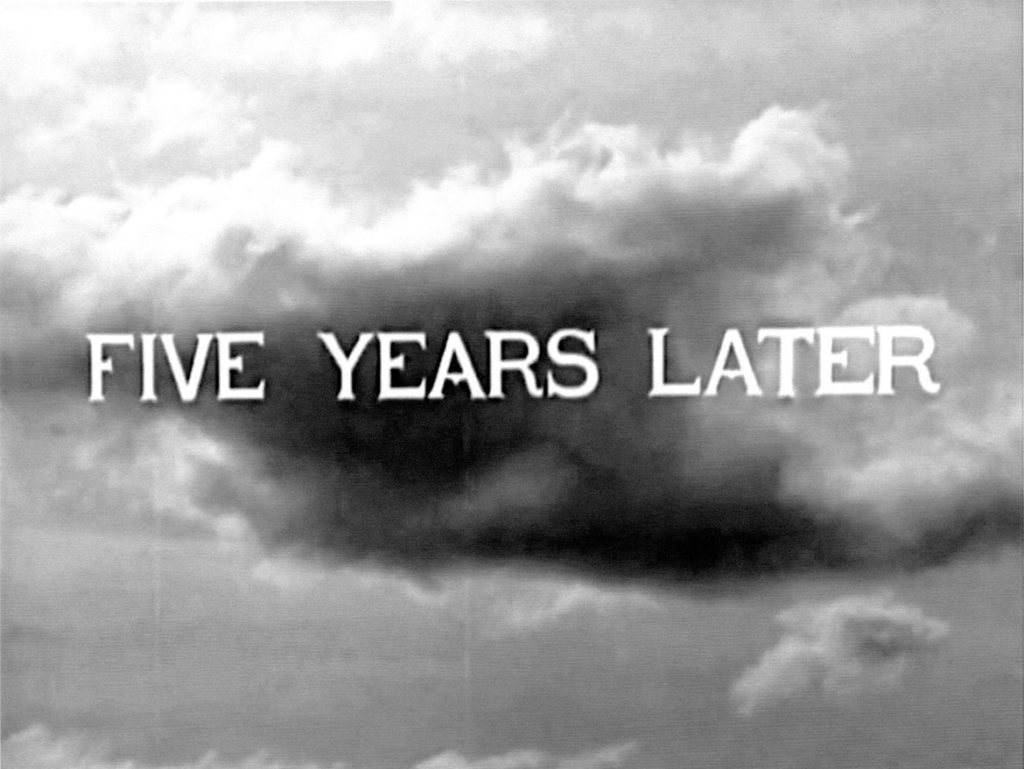
“Suara Welitoff: Right Now This Moment,” School of the Museum of Fine Arts at Tufts, Grossman Gallery, Boston, Jan. 23 to April 7, 2019
Twelve videos from the past five years—including three new works—by the Cambridge artist known for slowing and looping historic films, television and the Internet to create surreal poetic moments.

“Monet’s Waterloo Bridge: Vision and Process,” Worcester Art Museum, Jan. 25 to April 28, 2019
Nine of Claude Monet’s ethereal visions of London’s Waterloo Bridge. Plus fresh research into the French Impressionist’s methods via new imaging and materials analysis.

“Tom Kiefer: El Sueño Americano – The American Dream,” Fuller Craft Museum, Brockton, Massachusetts, Jan. 26 to July 28, 2019
Arizona photographer Tom Kiefer documents belongings left behind by migrants arrested near a U.S. Customs and Border Patrol outpost in southern Arizona.
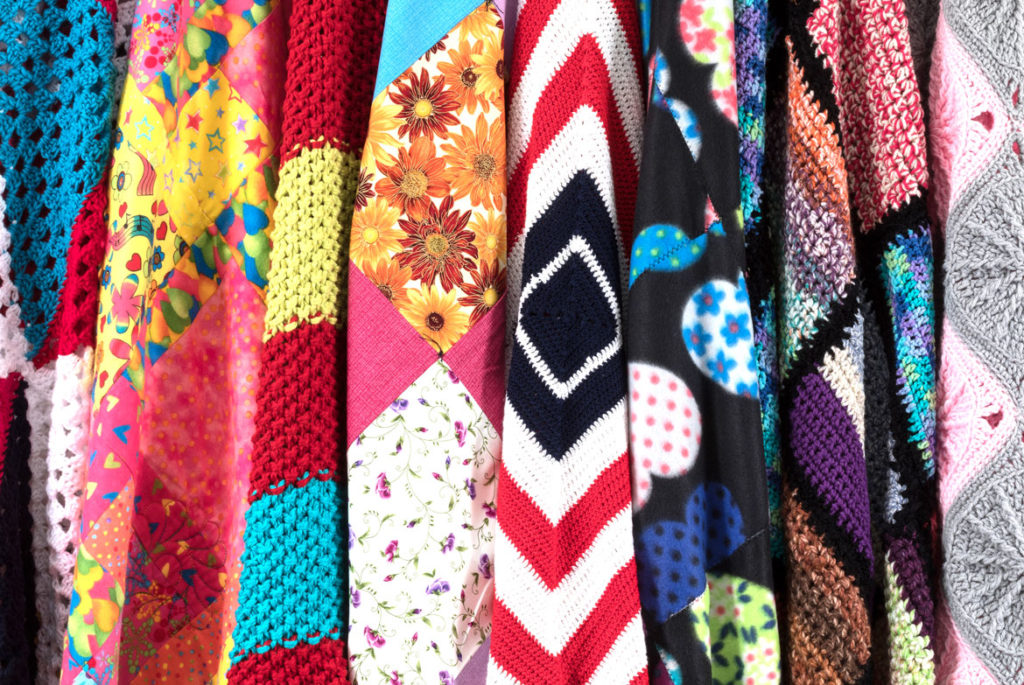
“Welcome Blanket,” Fuller Craft Museum, Brockton, Massachusetts, Jan. 26 to Feb. 17, 2019
In protest of President Trump’s proposed border wall, the “Welcome Blanket” is a participatory, global initiative conceived by Los Angeles artist Jayna Zweiman. Zweiman, a co-founder of the Pussyhat Project, to knit enough coverlets to stretch across the 2,000-mile span. The exhibit features some of the blankets, which organizers plan to distribute through immigration organizations, refugee resettlement agencies, and other community groups.
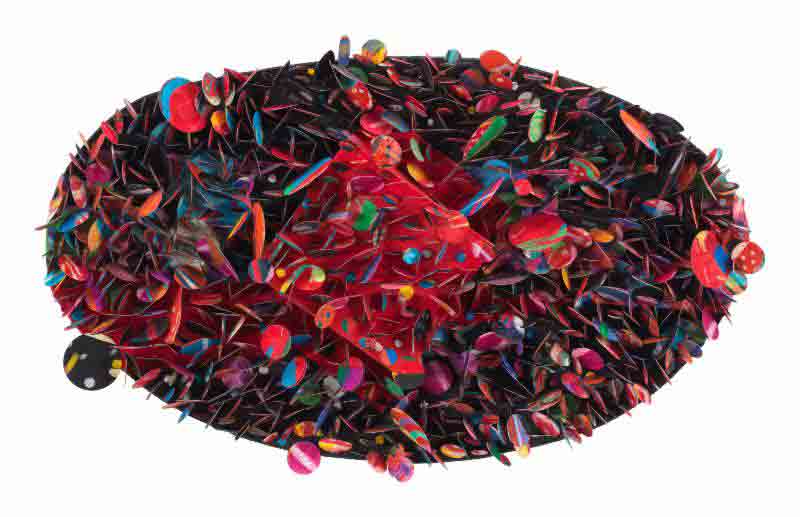
Howardena Pindell “What Remains to Be Seen,” Rose Art Museum, Brandeis University, Waltham, Massachusetts, Feb. 1 to May 19, 2019
Figurative paintings, abstractions, conceptual works, and personal and political art by a New York-based African American artist operating at the intersection of art and activism.
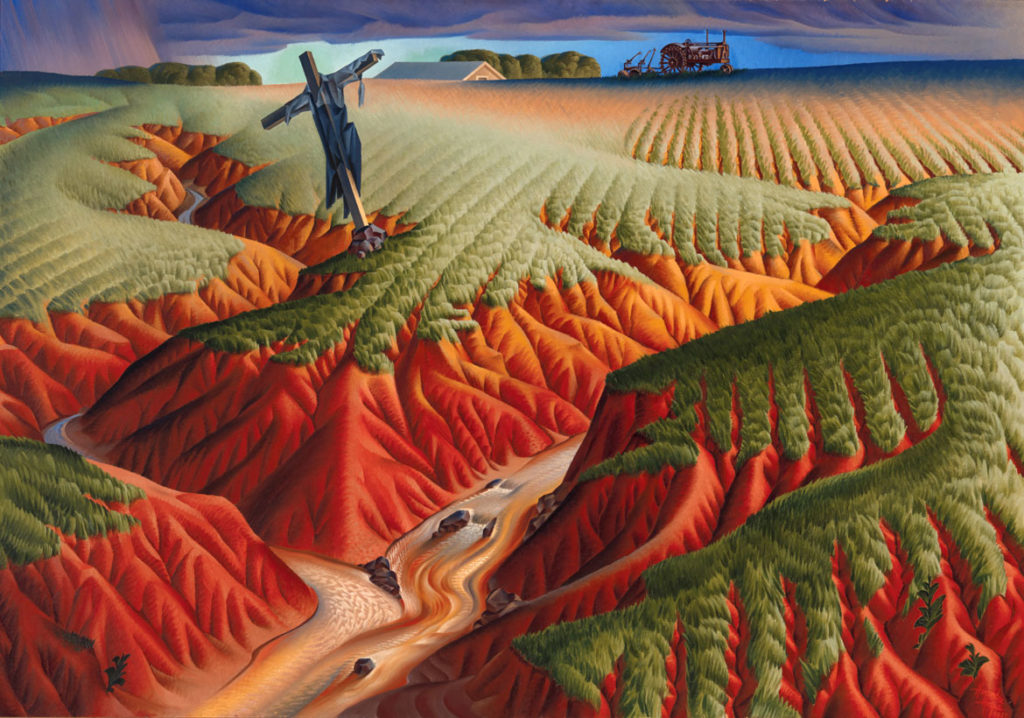
“Nature’s Nation: American Art and Environment,” Peabody Essex Museum, Salem, Massachusetts, Feb. 2 to May 5, 2019.
A look at how American and Native American artists have reflected and shaped our understanding of the environment—via more than 100 artworks from the colonial occupation to the present by John James Audubon, Albert Bierstadt, Thomas Cole, Valerie Hegarty, Winslow Homer, Georgia O’Keeffe, Jaune Quick-to-See Smith (Salish-Kootenai) and others.

“Bread and Roses: The Social Documentary of Milton and Anna Rogovin,” Davis Museum, Wellesley, Massachusetts, Feb. 7 to June 9, 2019.
Amidst anti-Communist Cold War crackdowns, Milton Rogovin was labeled the “Top Red in Buffalo,” New York, in 1957. Isolated and ostracized, the optometrist, social activist, and self-taught photographer and his wife Anna began photographing their Buffalo neighbors in their homes and work places (always giving their sitters a copy of their photographs) to create a decades-long, multigenerational portrait of their community.
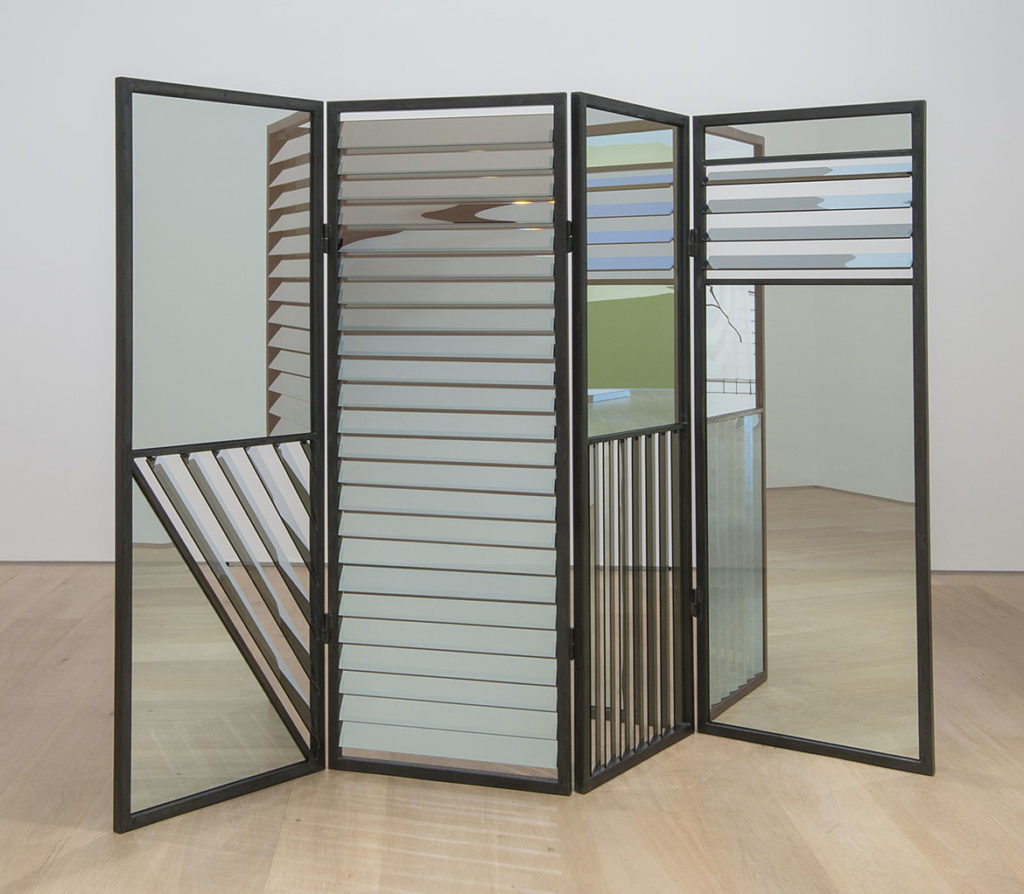
Kapwani Kiwanga, MIT List Visual Arts Center, Cambridge, Feb. 8 to April 21, 2019
The Paris-based artist uses sculpture, installation, photography, video and performance to trace “historical narratives, excavating and considering the global impact of colonialism and how it permeates contemporary culture.”
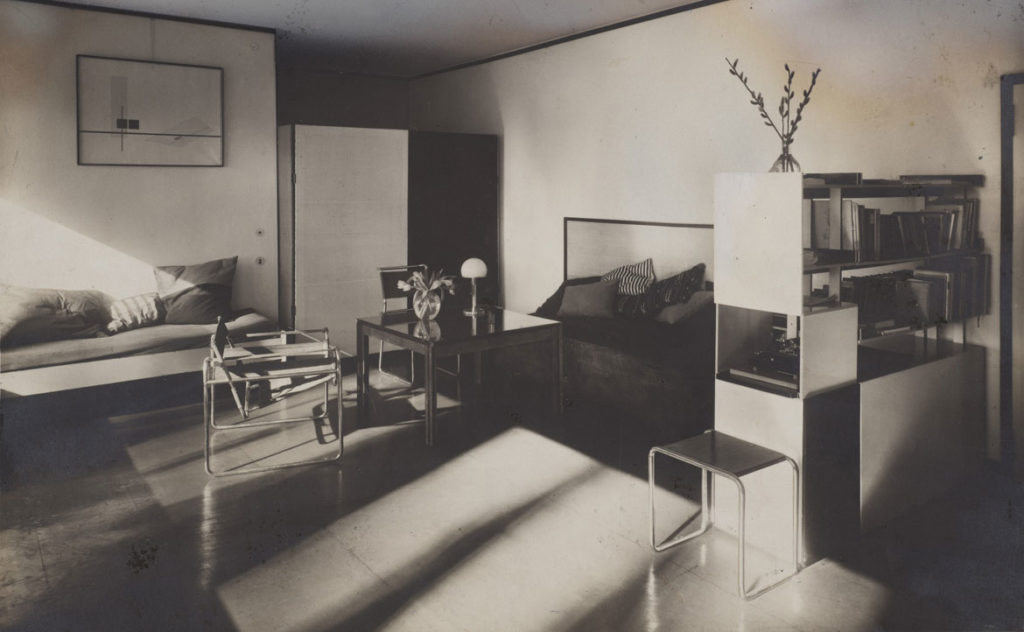
“The Bauhaus and Harvard,” Harvard Art Museums, Cambridge, Feb. 8 to July 28, 2019
Local exhibitions are honoring the 100th anniversary of the founding in 1919 of the Bauhaus, the influential German school that aimed to unify art, architecture and design. It’s particularly known for a machine-inspired aesthetic of Modern, mass-produced design—before the school was closed under pressure from the Nazis in 1933 and many of its stars fled to the United States. Harvard’s exhibition showcases nearly 200 works by 74 artists, drawn almost entirely the school’s Busch-Reisinger Museum, which claims the largest Bauhaus collection outside Germany (initiated and assembled through the efforts of founding director Walter Gropius, who joined Harvard’s department of architecture in 1937, and many refugee teachers and students). Also Boston’s Museum of Fine Arts offers “Radical Geometries: Bauhaus Prints, 1919-33,” from Feb. 9 to June 23, 2019, and Cambridge’s MIT Museum presents “Fragments of the World,” Bauhaus photography, from March 28 to Sept. 2, 2019.
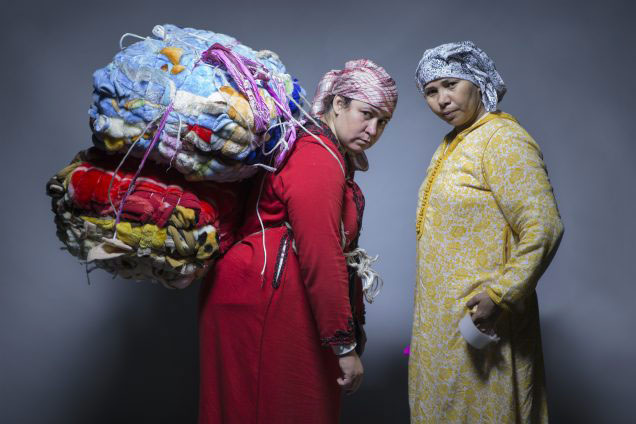
“Looking Out, Looking In: Contemporary Artists from Morocco,” Boston University’s Stone Gallery, 855 Commonwealth Ave., Boston, Feb. 8 to March 31, 2019
Dispatches from Morocco by seven photographers and videographers from the nation examine how outsiders see the country and how its people see themselves.

“Fire and Light: Otto Piene in Groton, 1983–2014,” Fitchburg Art Museum, Massachusetts Feb. 9 to June 2, 2019
In the mid-1980s, Otto Piene—a German-raised artist of kinetic light sculptures and monumental balloon installations who became a fellow at Massachusetts Institute of Technology’s Center for Advanced Visual Studies in 1968 and went on to serve as director from 1974 to 1994—bought a home in Groton, Massachusetts. There he experimented with new projects, creating “fire paintings” and filling a grain silo with a “Light Ballet.” This survey ranges from Piene’s “Light Robots,” completed in 2013, to “Proliferation of the Sun,” an immersive installation, not seen in the United States since 1968, of digitized hand-painted slides that are projected onto a large inflatable sphere and screens.
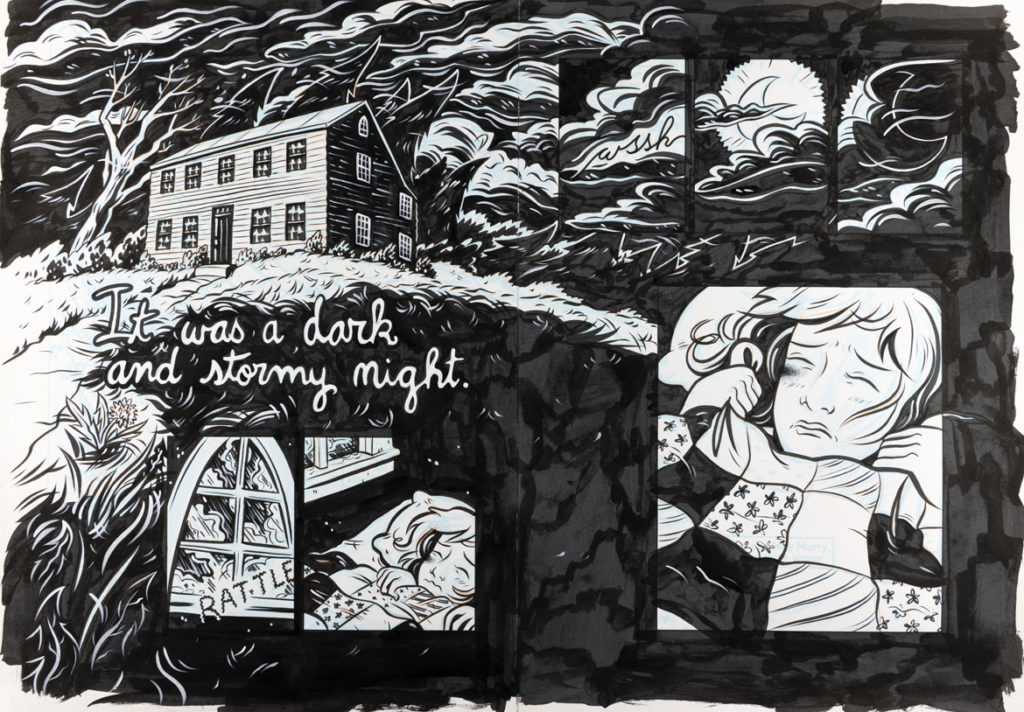
“Out of the Box: The Graphic Novel Comes of Age,” Eric Carle Museum of Picture Book Art, Amherst, Massachusetts, Feb. 10 to May 26, 2019
The revolutions of underground comics in the 1960s and ‘70s and alternative comics in the 1980s and ‘90s pioneered complex comics for grown-ups and at novel lengths. As the “graphic novel” has matured since, a new crop of artists have begun making comics for kids again—sophisticated, young adult, book-length comics. Children’s book scholar Leonard S. Marcus rounds up poignant coming-of-age stories by the top of the field: Vera Brosgol, Catia Chien, Geoffrey Hayes, Gene Luen Yang, Jarrett J. Krosoczka, Hope Larson, Matt Phelan, David Small, Raina Telgemeier, and Sara Varon.
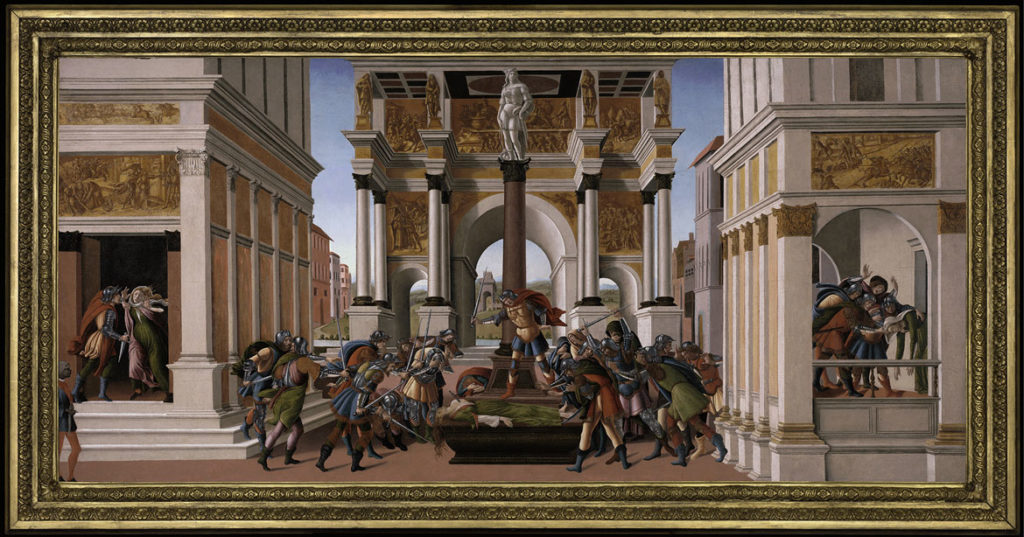
Botticelli: Heroines and Heroes,” Isabella Stewart Gardner Museum, Boston, Feb. 14 to May 19, 2019
A look at the Renaissance star Sandro Botticelli via eight monumental paintings and drawings, some never before seen in the United States, that tell the stories of Roman Catholic saints and ancient Roman kidnappings and sexual assault.

“Wild Kratts: Ocean Adventure!” Museum of Science, Boston, opens Feb. 16, 2019
Much as in the hit animated nature adventures of PBS’s “Wild Kratts,” kids can help brothers Chris and Martin Kratt assist marine animals and foil villains’ plans with technology, science and teamwork, as they learn about the seashore, shallow waters, and the deep sea.
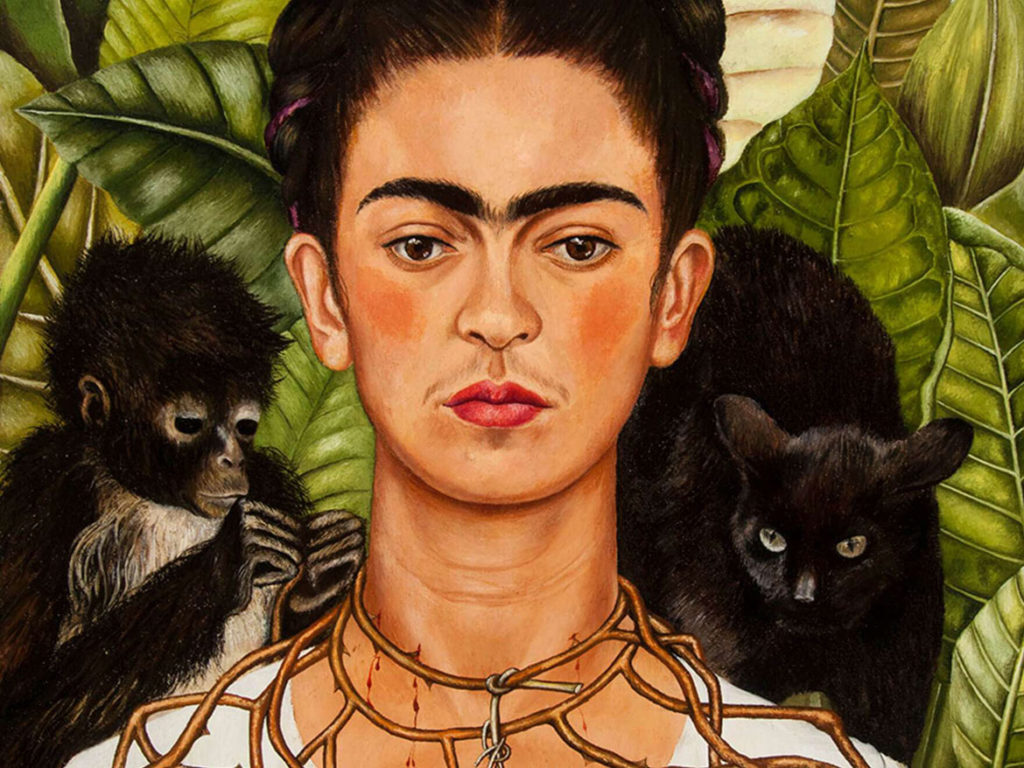
“Frida Kahlo and Arte Popular,” Museum of Fine Arts, Boston, Feb. 27 to June 16, 2019
A rare showcase of paintings by Kahlo (1907-1954) along with “arte popular” (folk art) ceramics, embroidered textiles, papier-mâché effigies and devotional retablo paintings that inspired the Mexican artist. (If you can’t get enough Kahlo, New York’s Brooklyn Museum offers “Frida Kahlo: Appearances Can Be Deceiving” from Feb. 8 to May 12.)

“The Art and Wit of Rube Goldberg,” Norman Rockwell Museum, Stockbridge, Massachusetts, March 2 to June 9, 2019
In 1912, a New York newspaper cartoonist by the name of Reuben “Rube” Goldberg began drawing a series of strips featuring terribly complex machines designed to comically accomplish simple tasks. They were so popular that to this day unnecessarily complicated contraptions are known as “Rube Goldberg Machines”—though we’ve forgotten him otherwise. Discover Goldberg’s art in this survey of his career.
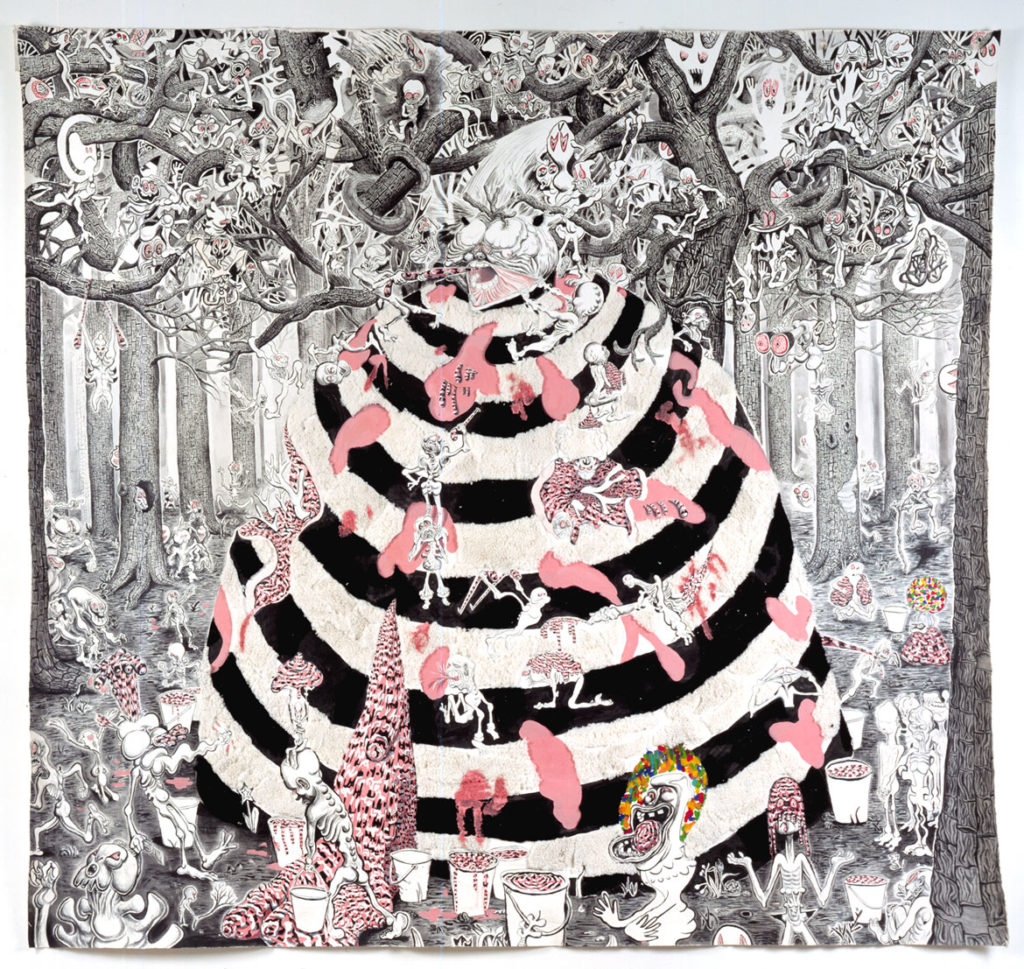
Trenton Doyle Hancock “Mind of the Mound: Critical Mass,” Mass MoCA, North Adams, Massachusetts, opens March 9, 2019
Inspired by comics, Greek mythology and his evangelical Baptist upbringing, the Houston artist deploys paintings, sculpture, drawings, prints, installations and performance to tell his story of the Mounds (“gentle hybrid plant-like creatures”), protected by his alter ego/superhero Torpedo Boy, and their enemies, the Vegans (“mutants who consume tofu and spill Mound blood every chance they get”).
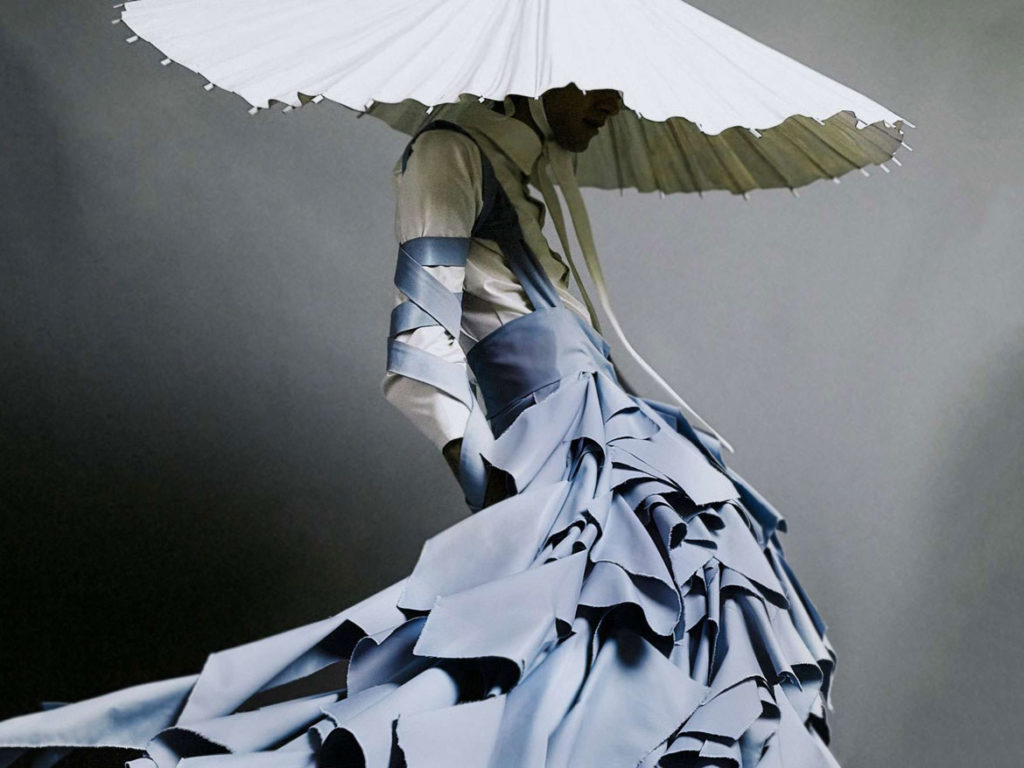
“Gender Bending Fashion,” Museum of Fine Arts, Boston, March 16 to Aug. 25, 2019.
More than 60 “boundary-pushing designs” recount a century of haute couture and ready-to-wear fashion that has challenged rigid, binary definitions of dress. Including designs by Rad Hourani, Jean Paul Gaultier, Alessandro Michele for Gucci, Palomo, and Rei Kawakubo, as well as pieces worn by Marlene Dietrich, David Bowie, Jimi Hendrix and Young Thug.
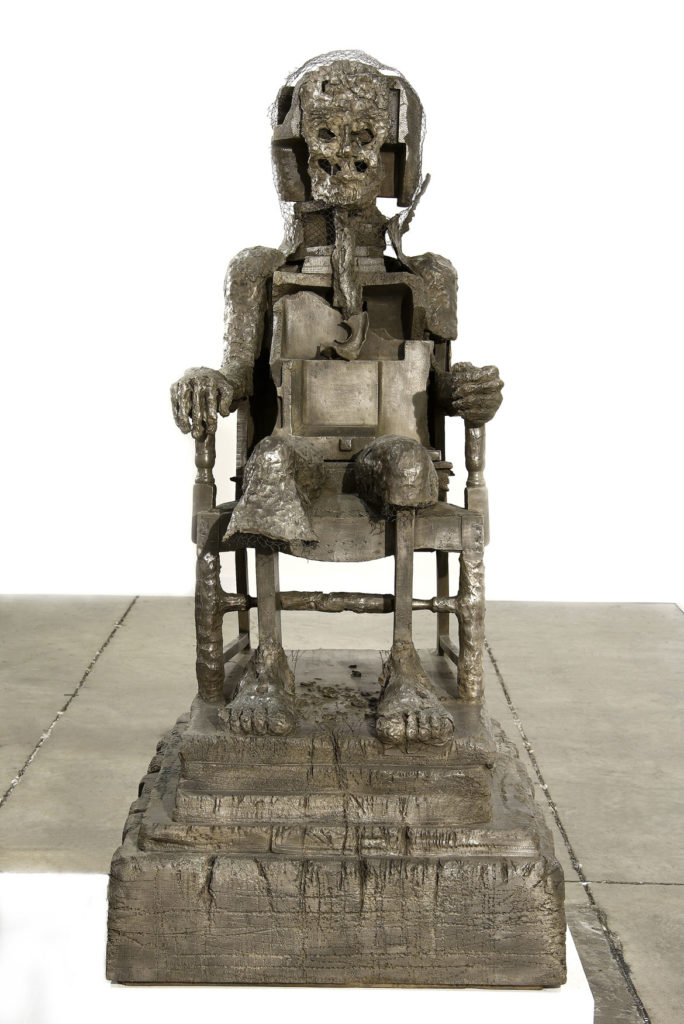
“Huma Bhabha: They Live,” Institute of Contemporary Art, Boston, March 23 to May 27, 2019
The ICA bills this exhibition as “the largest survey” ever of Bhabha, who was raised in Pakistan and is now based in Poughkeepsie, New York. It features drawings, photos, and her monstrous, rough-hewn, expressionist figurative sculptures. “Her work transcends a singular time and place, instead creating an exploration of what she describes as the ‘eternal concerns’ found across all cultures: war, colonialism, displacement, and memories of home.”
If this is the kind of coverage of arts, cultures and activisms you appreciate, please support Wonderland by contributing to Wonderland on Patreon. And sign up for our free, weekly newsletter so that you don’t miss any of our reporting.
